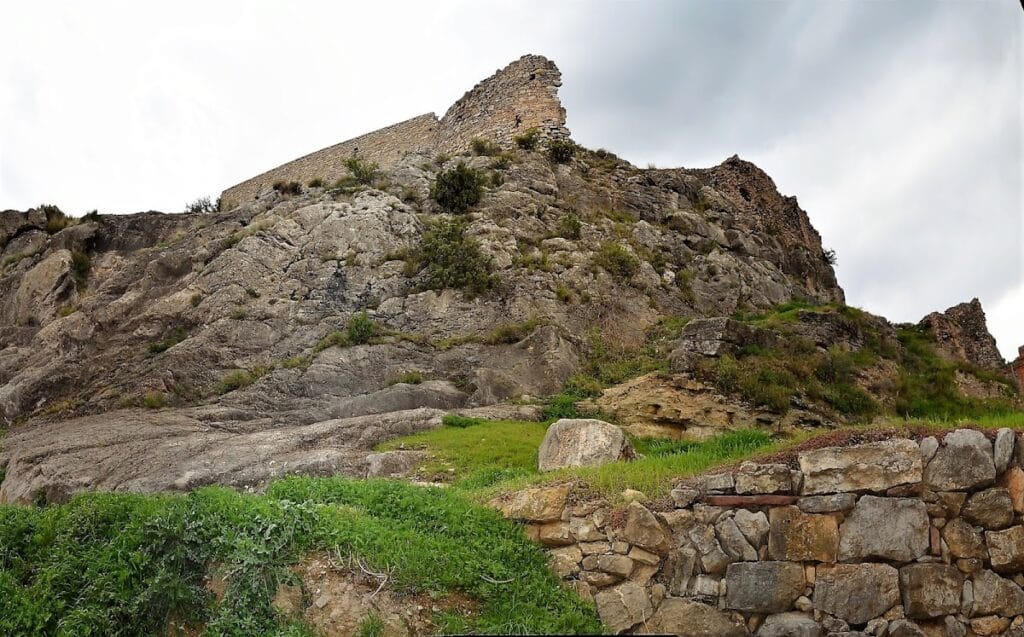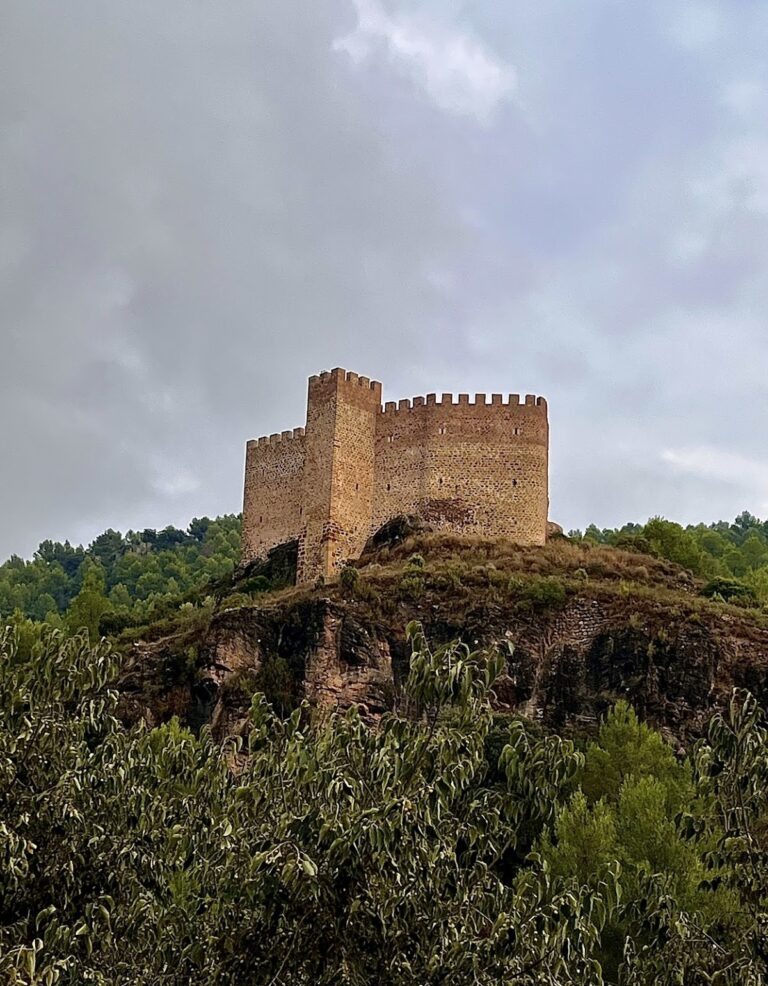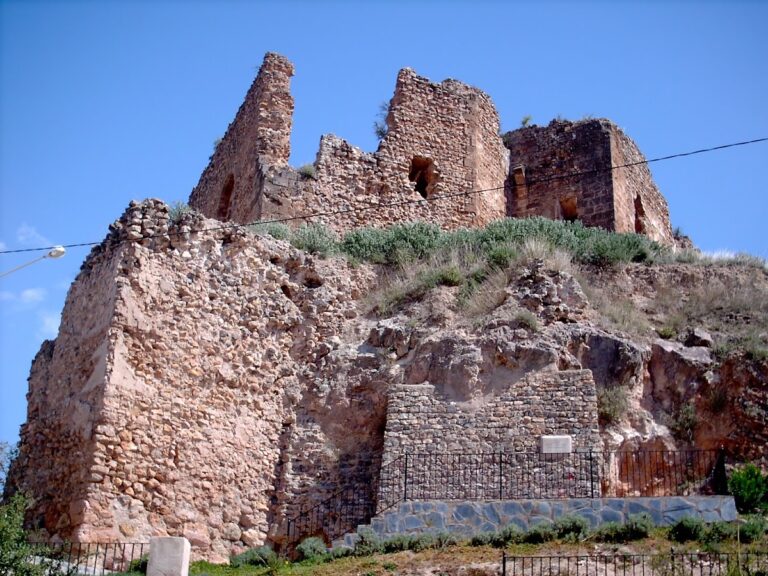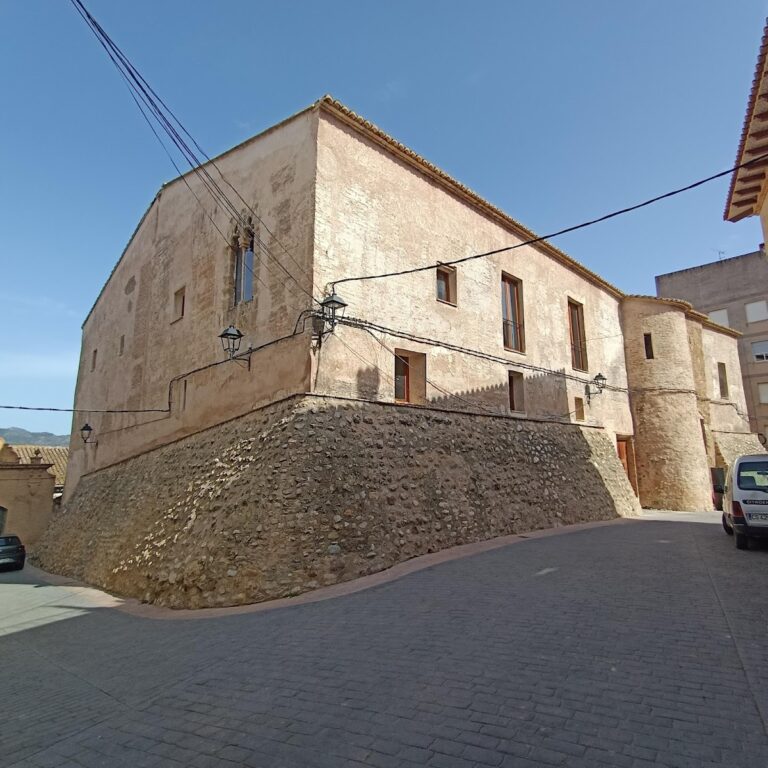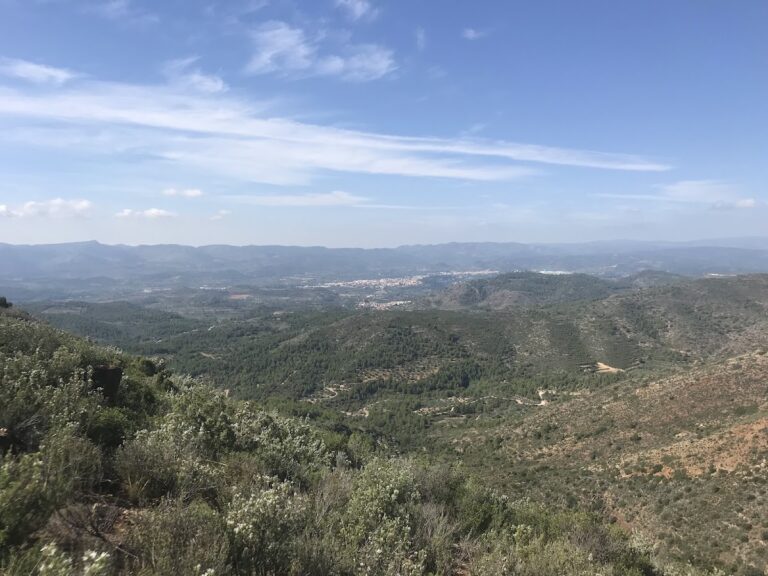Castillo de la Orden de Calatrava de Bejís: A Historic Fortress in Spain
Visitor Information
Google Rating: 4.2
Popularity: Low
Google Maps: View on Google Maps
Country: Spain
Civilization: Medieval European
Remains: Military
History
The Castillo de la Orden de Calatrava de Bejís is located in the municipality of Bejís, Spain. This fortress was initially constructed by Arab builders on the site of an earlier fortification, establishing its origins in the medieval Islamic period.
Long before the castle’s construction, the location had been occupied since at least the Bronze Age, as revealed by archaeological discoveries including Iberian and Roman ceramics, Roman Imperial coins, and a funerary stele. This evidence points to a lengthy history of settlement predating the castle itself.
During the early 13th century, the castle, then known as the castle of Biaxaix or Begís, experienced changing control amid regional conflicts. A letter from the chancery secretary Ibn cAmīra documents its capture by Muslim forces between 1227 and 1228. However, King James I of Aragon reclaimed the fortress in 1228 as part of his broader campaign to extend Christian rule.
Following this reconquest, King James I granted the castle and its surrounding lands to the military Order of Calatrava. This order established a commandery at the site, which gained representation in the Valencian Courts, demonstrating its political as well as military significance. A worn coat of arms of the Order still remains on a stone within the castle ruins, attesting to their enduring presence.
In the 16th century, under Charles I of Spain, the castle came directly under the Spanish Crown and underwent extensive rebuilding and strengthening work. Later, during the reign of Isabella II, it became the property of Infante Francisco de Paula.
The fortress played active roles in several conflicts over the centuries. It served as a military stronghold during the War of Spanish Succession and maintained a sizeable garrison. During the First Carlist War, between 1833 and 1840, Carlist forces used it as a defensive position until their defeat by Isabeline troops on May 22, 1840. It was also a site of fighting during the Spanish Civil War, underscoring its continued strategic importance well into the 20th century.
Remains
The castle is a mountain fortress arranged irregularly to fit the rugged terrain at about 800 meters above sea level. It commands a strategic vantage point near where the Palancia and Canales rivers meet, naturally protected by cliffs. The complex includes a main castle structure and a large outer ward, called an albacar, divided into two sections that partially surround and defend the core fortress.
The central keep, also known as the tower of homage, stood as the heart of the fortification. This tower functioned both as the safest defensive position and the governor’s residence. The fortress walls were built using masonry and mortar, with corner reinforcements of finely cut stone blocks known as ashlar. Walkways along the battlements were covered in red sandstone slabs, while lime mortar and stone formed the primary building materials during the 1580 renovations.
Access to the castle was through a main entrance on the north side, marked by a stone shield positioned to the left of the gate. Inside, a large courtyard opened onto a building situated at the rear, while a second courtyard contained stables, blacksmith workshops, and storerooms. Among these storerooms is what has been identified as the cistern, an underground reservoir for collecting water. A third gate provided entry to another courtyard that led directly to the fortress’s core where the keep was located.
Today, what remains of the castle includes the cisterns (known in Spanish as aljibes), storage pits called sitges, and portions of the defensive walls. Hollow chambers can still be found beneath the ruined structures. The noble quarters were once housed in a broader tower known now by locals as the “dark cave,” reflecting its more enclosed and shadowed interior. These surviving features offer tangible insight into the castle’s layered history and its adaptation to both military and residential needs over time.




